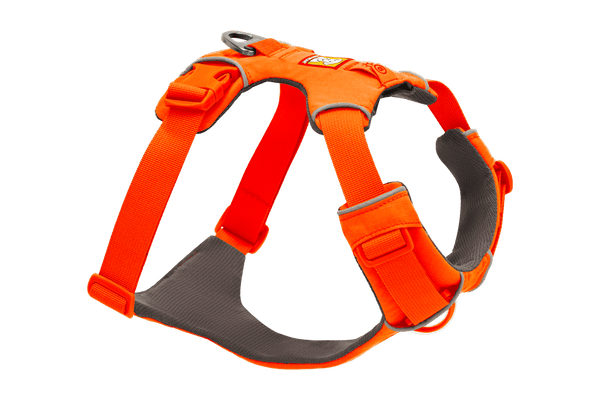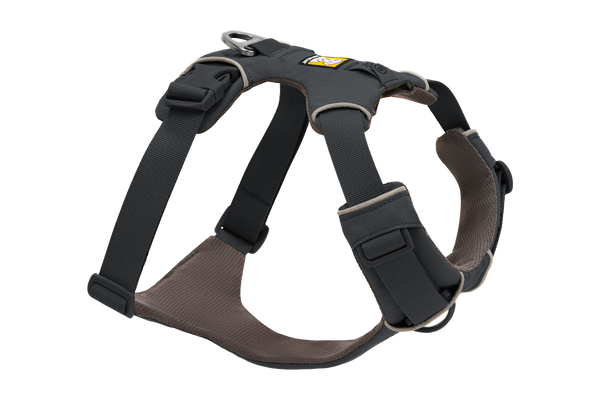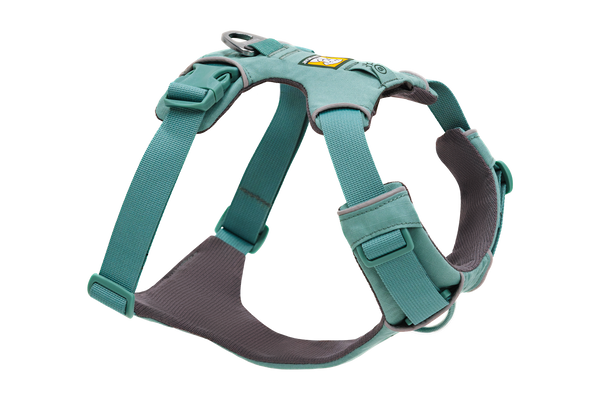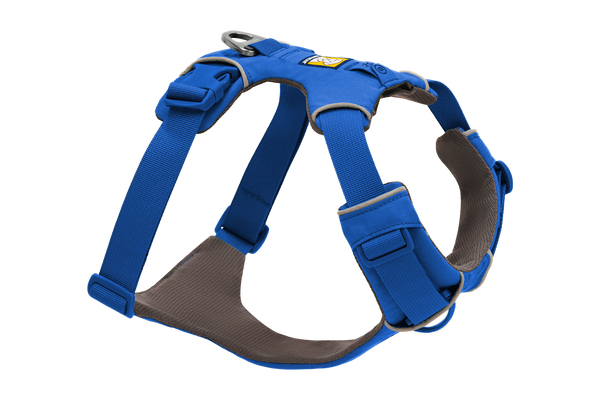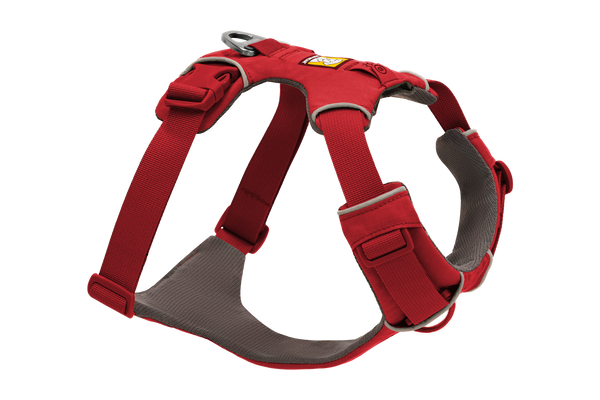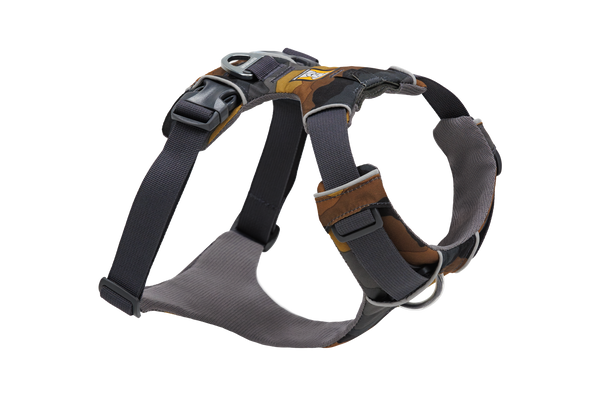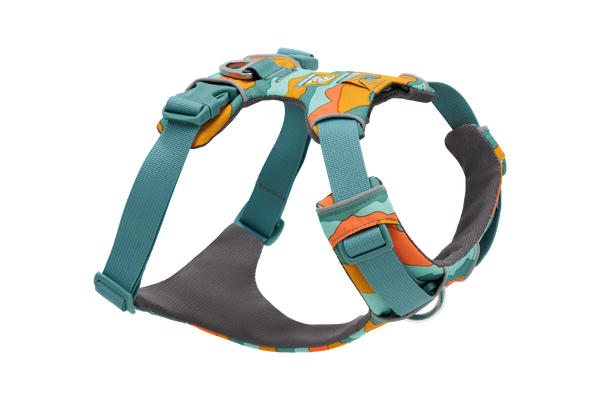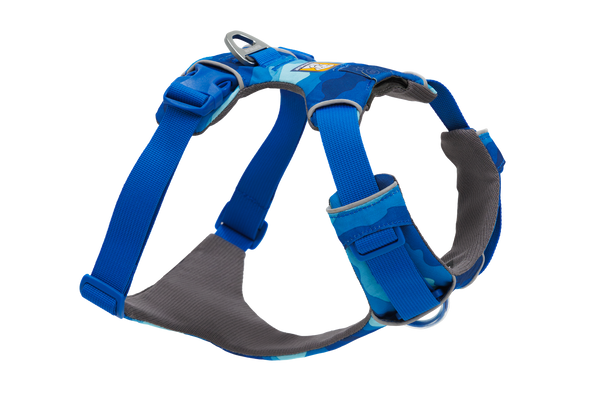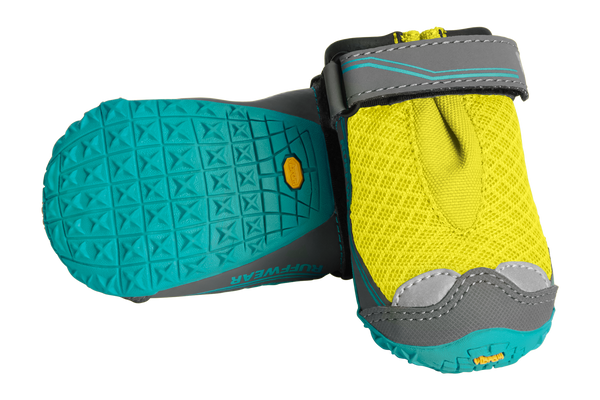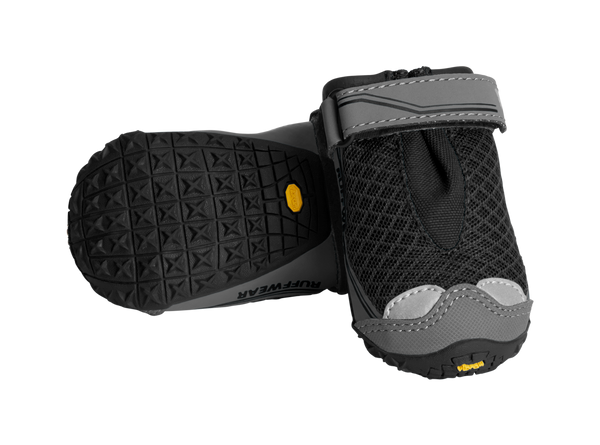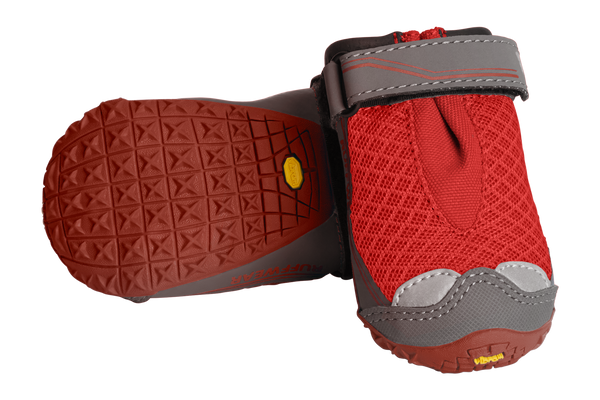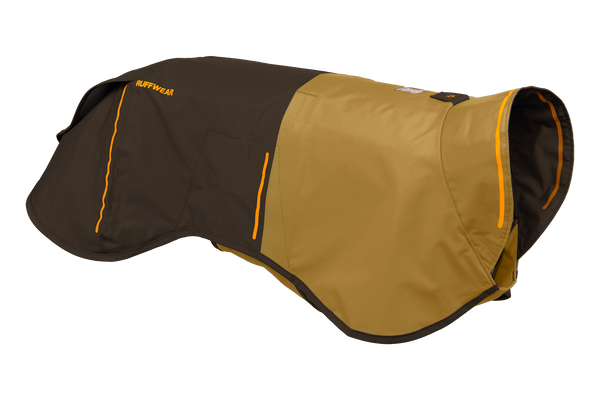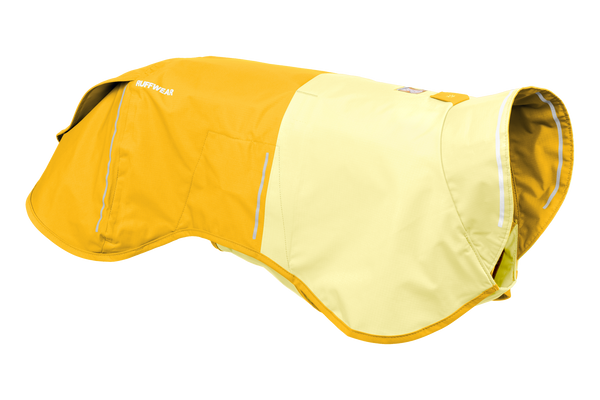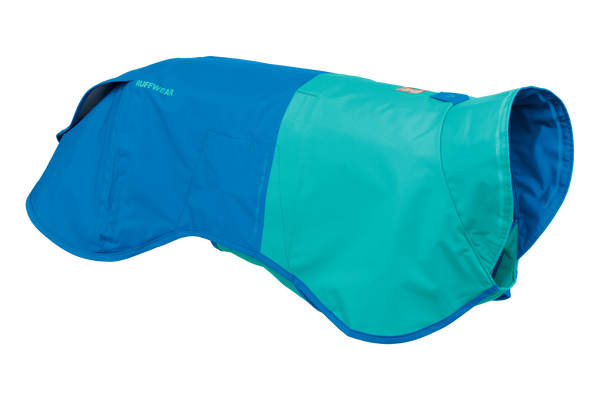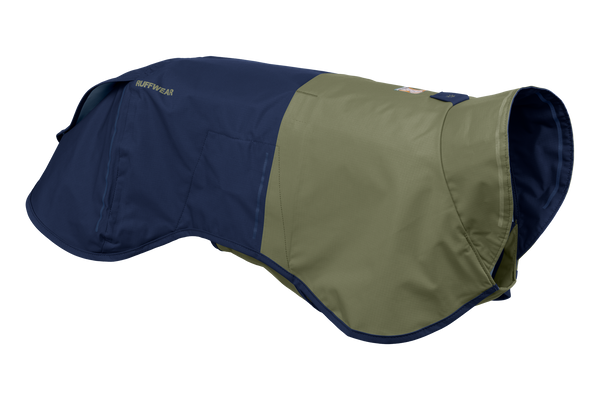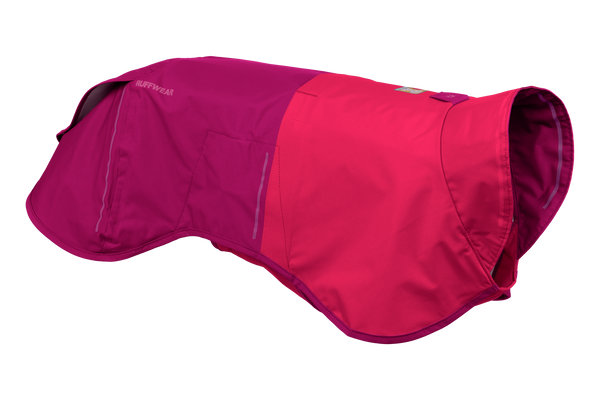Camping with Dogs on Public Lands
This blog originally appeared on the REI Co-op Journal.
Bring your dogs on your next adventure—many areas of our public lands welcome canine companions. All it takes is a little planning.
Nearly every year, I gather with friends for a camp out at Steens Mountain, a remote gem in Oregon’s high desert roughly 350 miles southeast of Portland. We nestle our tents in just-turning-yellow aspens next to a rare desert lake, hiking to vast, U-shaped glacier gorges by day and laughing around the fire by night.
The only ones who are having more fun than us? Our dogs. When my fluffy golden retriever-samoyed mix, Isis, was still with us, she would trot at the back of the dog pack, sparring over logs and weaving through the waist-high sagebrush. My favorite pup to watch, though, has always been my friend’s yellow lab Chloe, who eschews the group every chance she gets to pursue her bliss—swimming endless circles in the lake.
Camping with dogs enhances the adventure. Their joy continually reminds us to drink in the moment. But it’s a fact of being on public lands: Camping with dogs involves different rules, and they can vary depending on the destination.
In general, developed campgrounds on public lands welcome dogs, allowing several dogs per site. Regulations for camping in the backcountry or at dispersed campsites, on the other hand, will be different based on where you’re at and which agency manages that land. Also, some trails are more dog friendly than others, making your daytime plans to hike, bike or explore critical to your choices for where to spend the night.
With a little research and planning, you can ensure a better experience for you, your dog and your fellow campers.

National Parks
Many national parks allow you to visit with your dog. This can include developed areas and lodging facilities, as well as a good number of trails and campgrounds.
The key question then becomes: What kind of adventures are you hoping to pursue before your head hits the sleeping pad? Depending on the park, rules differ on whether your dog will be allowed to join your outings. And your dog will likely be your constant companion—all land management agencies say leaving your dog alone at camp isn’t an option.
For instance, dogs aren’t allowed on trails in Rocky Mountain National Park. But your furry companion will love Acadia National Park’s 100 miles of dog-friendly trails. Rules for dogs are listed on every park’s website, and this National Park Service map is a helpful resource for learning more about rules across the park system.
As for the backcountry, the majority of national parks don’t allow camping with dogs. Luckily, developed campgrounds in the frontcountry by and large welcome dogs, including a selection of campgrounds in Yellowstone, Grand Canyon and Yosemite. There are still exception campgrounds, however, so check first. Hawai’i Volcanoes National Park’s Kulanaokuaiki Campground, for instance, doesn’t allow dogs in order to protect the endangered nene, the world’s rarest goose.
State and Local Parks
The same guideline for national parks applies to state and local parks: Rules vary, so you will need to consider your daytime plans and check with the agency that manages the land.
This is particularly true if your destination is the water. Virginia State Parks, for example, prohibit dogs on public beaches. In the California State Parks System, specific beaches allow dogs but others do not, citing concerns for sanitation and wildlife. In the system’s Monterey District, beaches are largely dog free to protect the threatened Western snowy plover.
As a rule of thumb, dogs are allowed anywhere cars can go, so developed campgrounds generally allow dogs. State and local parks also regularly have trails available to canines. And a number of them feature dog-specific amenities in their parks. Cherry Creek State Park in Colorado is one, which in addition to a canine-friendly campground open year-round sports a 107-acre fenced-in off-leash area, complete with water access.
A number of states and counties have compiled dog-related information onto one webpage to make it easier to pick your camping destination. Go to the organization’s homepage and search “dogs” — guides quite often pop up, from Alabama to Wisconsin.

National Forests and Bureau of Land Management Land
The U.S. Forest Service and the Bureau of Land Management oversee more than 440 million acres of public lands combined. Much of that expanse is dog friendly, meaning you have ample opportunity for adventures with your pup.
Backpacking is an amazing way for you and your dog to experience solitude. For some backcountry and dispersed camping areas, the only guideline the Forest Service or BLM offers is to use common sense. Going deep into the backcountry on Forest Service-managed public land? Your dog might be able to remain off leash at base camp if he or she responds to voice commands and stays nearby. Camping along a high desert river during spring? That telltale rattling sound means it’s time to use a leash.
Other areas where you might want to backpack or car camp away from a developed campground come with definitive rules for dogs. This is especially the case for high-use or sensitive wildlife areas. In the Sawtooth Wilderness outside Sun Valley, Idaho, for example, the Forest Service requests dogs remain on leash in camp in the backcountry, requires leashes on trails July 1 through Labor Day, and prohibits dogs altogether in one drainage of the wilderness.
The bottom line is to check with the local offices of these agencies since they largely set the rules. Always have a leash on hand, even in the backcountry—such as the easy-to-clip Flat Out™ Leash. And your dog should also wear a collar with ID tags, like the Crag™ Collar, in case he or she gets separated from your group.
Tips for camping with your dog
Rules for car camping in developed campgrounds, from Forest Service and BLM lands to national and state parks, are similar. Here are the basics:
Your dog is your constant companion. Don’t plan to leave your pup at camp alone when you embark for that day hike, whether tied up at camp or kept inside the tent or car. It’s not only potentially disruptive for other campers, it could also endanger your canine companion. Weather can change fast, wildlife can wander through or other unforeseen circumstances could arise in your absence.
Keep your dog on leash at camp. Temptation abounds for your dog in the outdoors, from the tempting aroma of your neighbor’s sizzling steaks to the scurrying squirrels that would be perfect for a good chase. That’s why campgrounds nearly universally require that dogs remain on leash. The Knot-a-Hitch™ is a dig-hitching system designed for allowing dogs to roam while remaining on leash at camp.
Use pick-up bags. Apply leave-no-trace ethics to your dogs. With more people appreciating the outdoors with their dogs, there’s more dog waste in the woods. Unfortunately, it can hurt the environment: The City of Boulder Open Space and Mountain Parks cites soil and water contamination from bacteria and parasites and the spread of noxious weeds as reasons to include pick-up bags in your kit.
Try co-sleeping. Given there’s likely wildlife roaming in the night, rules usually require that dogs sleep with you either in the car or in your tent. The last thing you want is your pup encountering a skunk or a coyote. Sleeping with you will keep them safe, and hopefully quiet. Sleeping gear for dogs can make the experience comfy and warm for all.
Pack provisions. Your kit should include a bowl, water and kibble. If you’re hiking or backpacking, consider adding a dog pack to carry everything.
Only bring food out during meals. Leaving kibble out teaches other wildlife that campgrounds are tasty places to hang out. For nibblers, use a bowl that closes at the top like the Quencher Cinch Top™ to stow leftovers away from wildlife between munching.
Savor the time together. During those cold high desert nights, crawling into my tent was that much sweeter with my warm pup curled at my feet. And with a furry nudge to the face, she always made sure that I too was up to greet the dawn. I was glad—the crisp air, hot coffee and golden light were always worth it.
